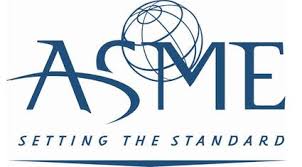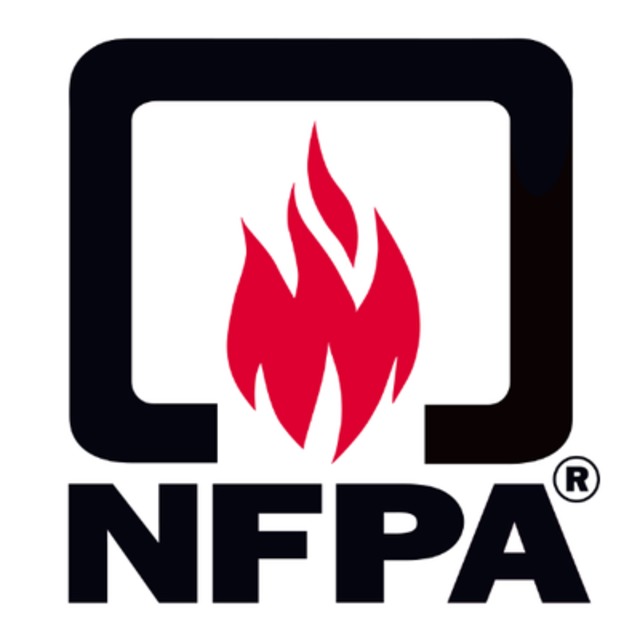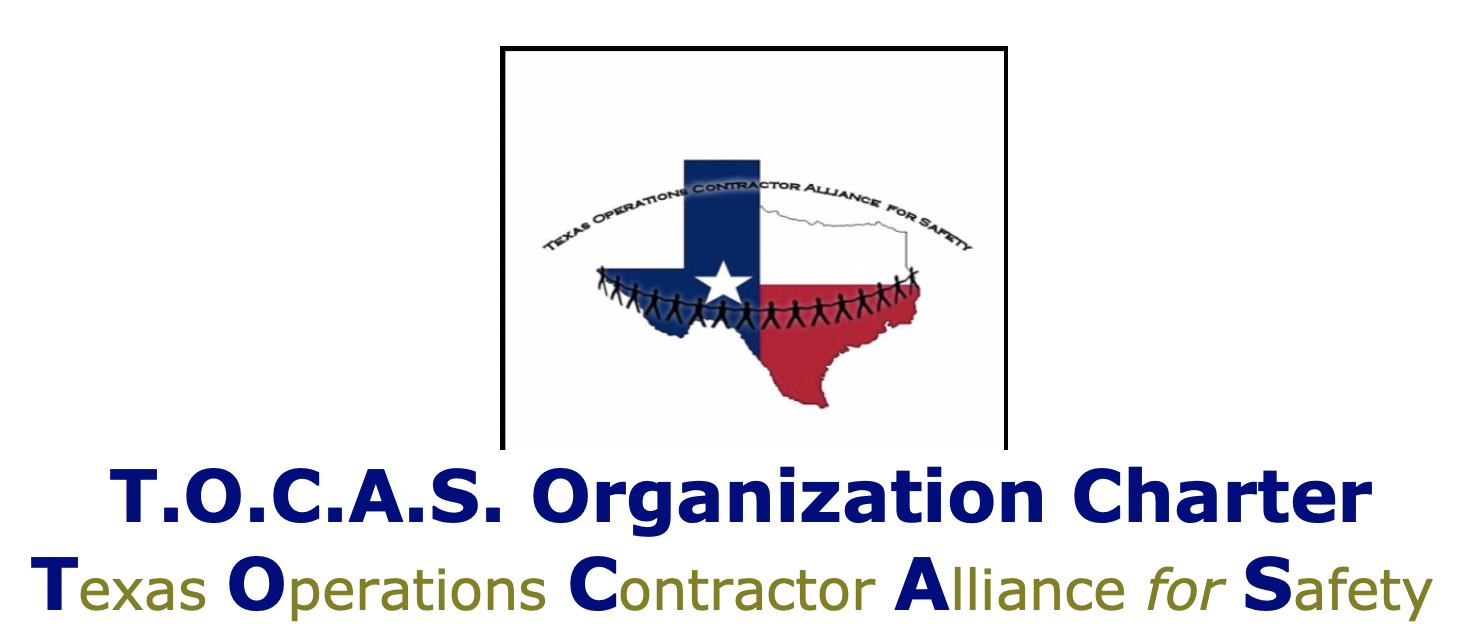Is your Engine Room capable of withstanding your WCS?
We all are aware of… 68.25(h) Consideration of passive mitigation. Passive mitigation systems may be considered for the analysis of worst case provided that the mitigation system is capable of withstanding the release event triggering the scenario and would still function as intended. So I wish to challenge the claim that a WCS inside an engine room would be allowed to consider the engine room structure as an “enclosure”. It is very common to find WCS OCA’s in the refrigeration industry to lay claim that the WCS will be reduced by the engine room structure, but as demonstrated in this article the engine room would need to be built to some other standard than just local building codes. The pressures the WCS generates within an engine room can be WELL BEYOND what a normally constructed cinder block wall can withstand. Here is a scenario that is somewhat typically of a medium sized refrigeration process housed inside an industrial built engine room where the walls are cinder block and/or the engine room has windows or roll-up bay doors: |
Partner Organizations I am proud to announce that The Chlorine Institute and SAFTENG have extended our"Partners in Safety" agreement for another year (2025) CI Members, send me an e-mail to request your FREE SAFTENG membership
Member Associations
|













